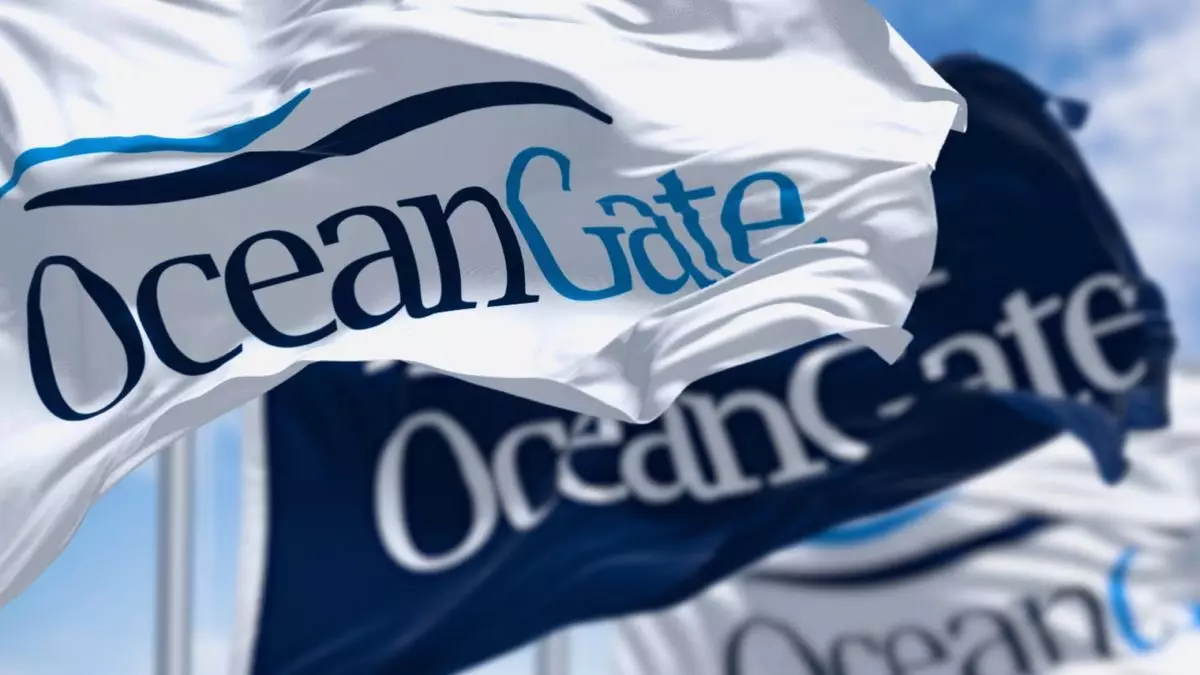The recent lawsuit filed by the family of a French explorer who tragically died in a submersible implosion has sparked controversy and raised serious questions about the safety protocols in deep-sea exploration. The lawsuit, which seeks more than $50 million in damages, accuses the sub’s operator of gross negligence and failure to disclose crucial information about the vessel’s history and durability.
Paul-Henri Nargeolet, known as “Mr. Titanic,” was one of five individuals who lost their lives when the Titan submersible imploded during a voyage to the Titanic wreck site in the North Atlantic in June 2023. Nargeolet, a renowned underwater explorer with extensive experience in diving to the Titanic site, was regarded as one of the foremost experts on the famous wreck. The lawsuit alleges that the crew of the Titan experienced “terror and mental anguish” before the disaster, indicating that they were aware of the impending danger.
The lawsuit highlights the troubling history of the Titan submersible, pointing out that the vessel had a series of undisclosed flaws and shortcomings that were deliberately concealed by OceanGate, the company that owned and operated the sub. The suit criticizes the sub’s “hip, contemporary, wireless electronics system,” suggesting that it was unreliable and dependent on a constant source of power and wireless signal. Despite design flaws and safety concerns, Nargeolet was designated as a member of the crew without proper disclosure of the risks involved.
The legal action taken by Nargeolet’s family, represented by the Buzbee Law Firm, aims to hold OceanGate and its CEO, Stockton Rush, accountable for the tragic event. Attorney Tony Buzbee emphasized the importance of getting answers regarding the circumstances that led to the disaster and the individuals responsible. The lawsuit alleges that the implosion was a result of “persistent carelessness, recklessness and negligence” on the part of OceanGate, Rush, and other parties involved.
Following the Titan submersible disaster, concerns were raised about the future of private deep-sea exploration and the safety standards in place for such expeditions. The U.S. Coast Guard initiated a thorough investigation to examine the causes of the implosion and evaluate the regulatory framework for deep-sea expeditions. A public hearing is scheduled to take place as part of the ongoing investigation, shedding light on the events leading up to the tragedy.
Paul-Henri Nargeolet’s legacy as a dedicated underwater explorer and director of underwater research for RMS Titanic Inc. is marred by the tragic incident involving the Titan submersible. Despite his extensive experience and knowledge of deep-sea exploration, Nargeolet’s untimely death raises questions about the risks associated with untested and poorly regulated deep-sea expeditions. His estate’s attorneys emphasized that Nargeolet would not have participated in the Titan expedition if the company had been more transparent about the sub’s flaws and safety concerns.
The lawsuit filed in response to the Titan submersible disaster serves as a cautionary tale about the importance of transparency, accountability, and safety in deep-sea exploration. The tragic loss of Paul-Henri Nargeolet and his fellow crew members underscores the need for stringent safety regulations and thorough risk assessments in the field of underwater exploration. As the investigation into the implosion continues, the outcomes of the lawsuit may have far-reaching implications for the future of deep-sea expeditions and the responsibilities of operators and crew members in ensuring the safety of all involved.

